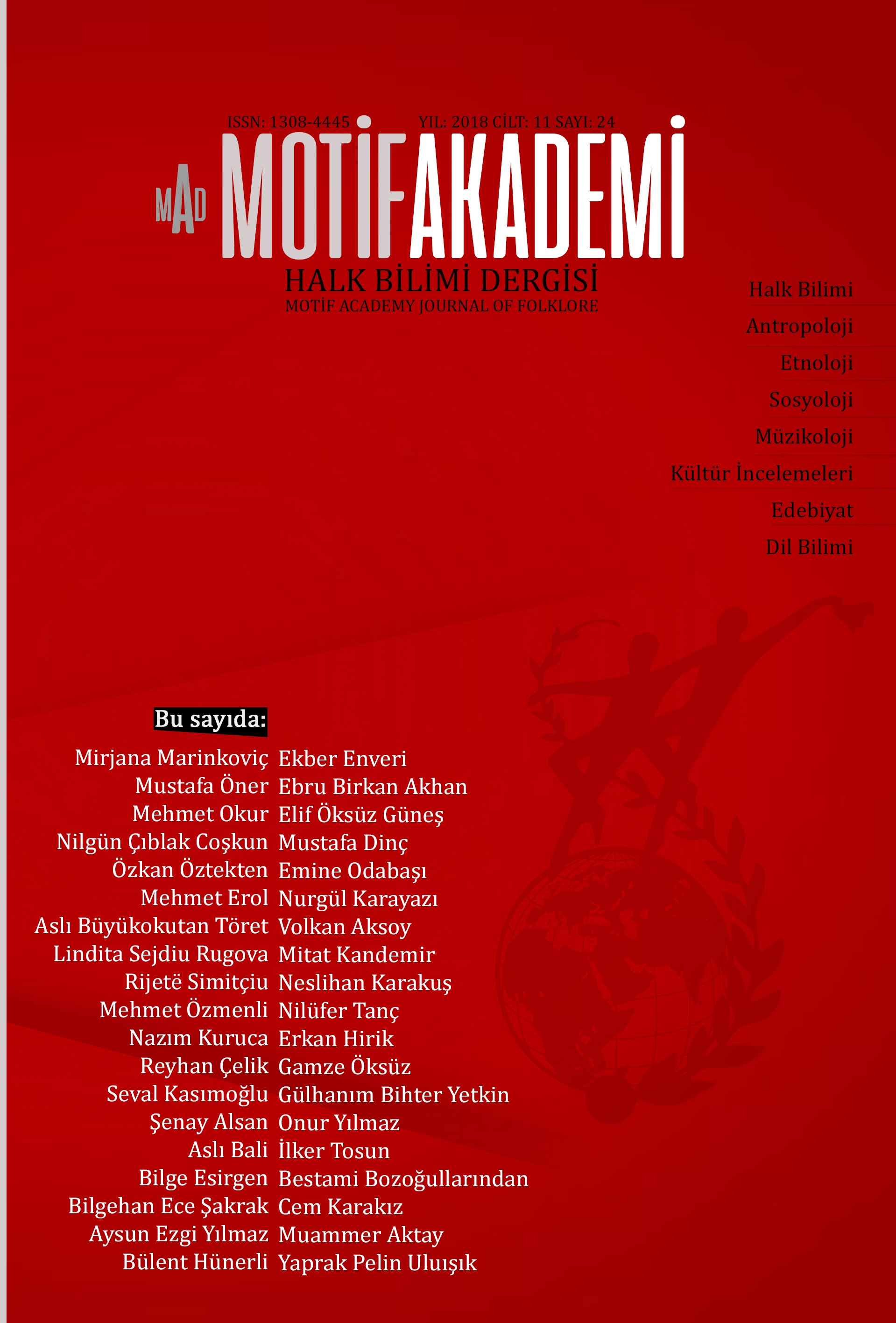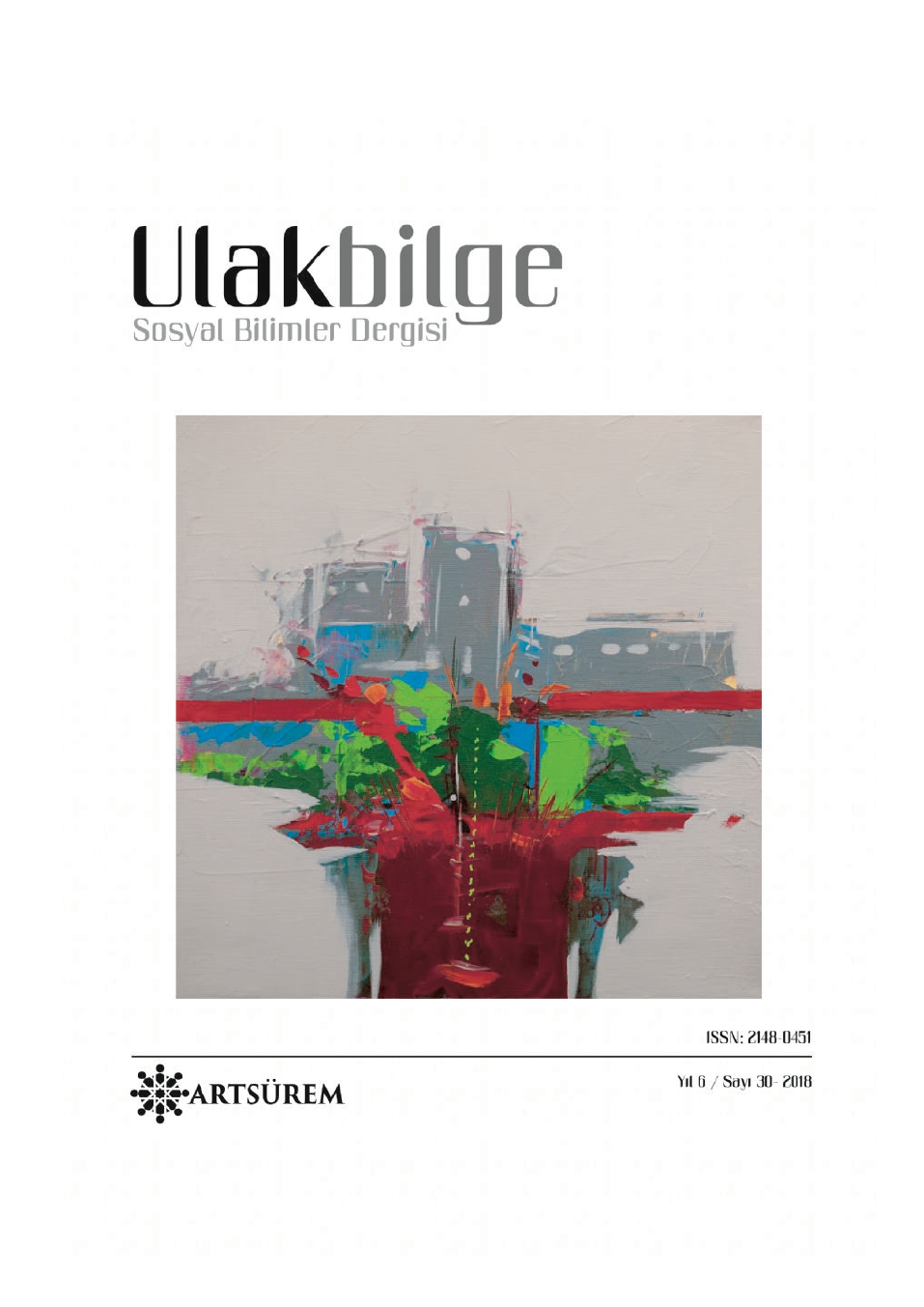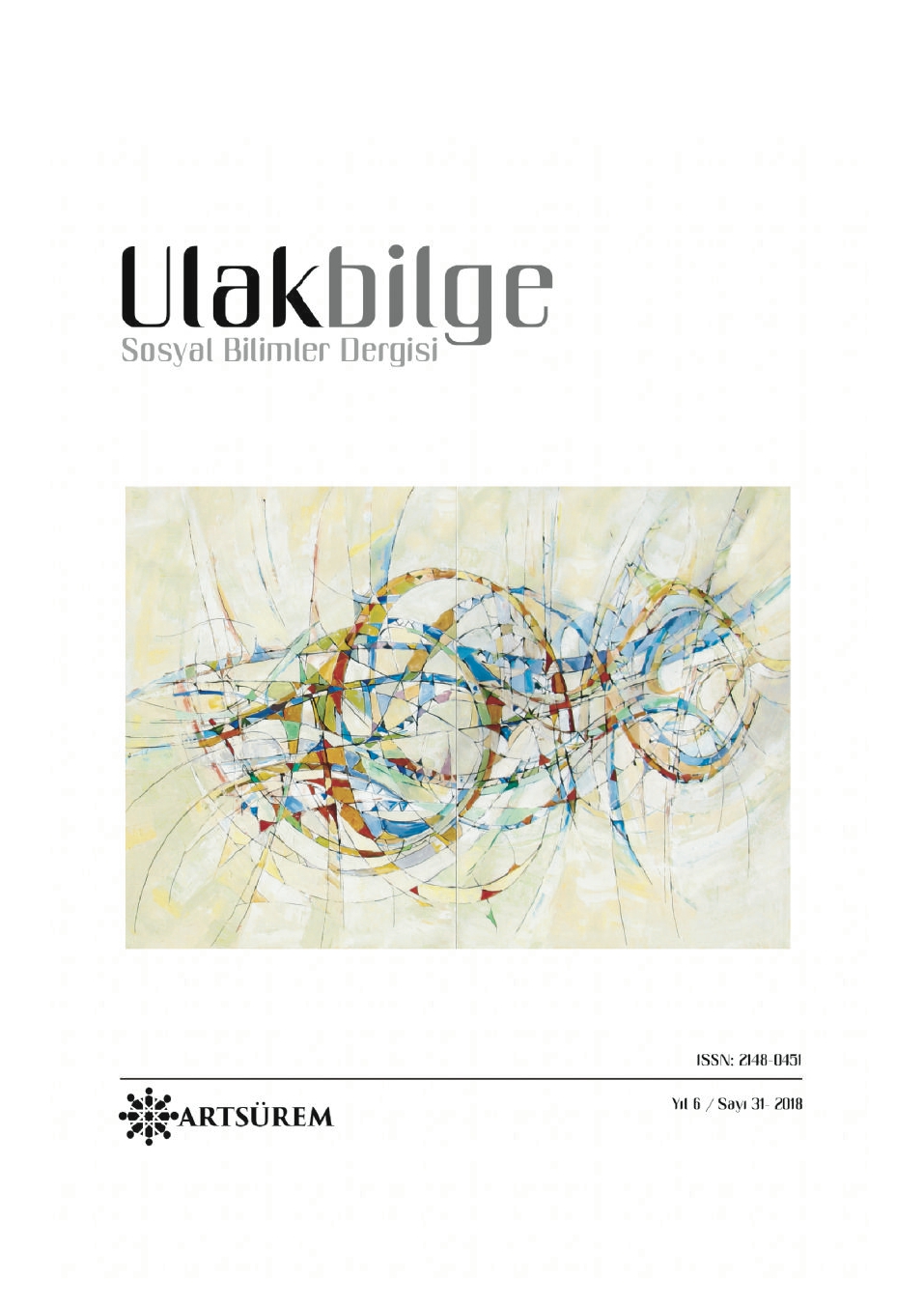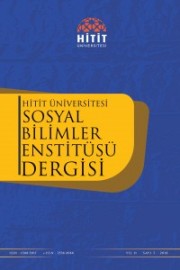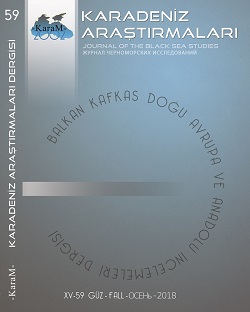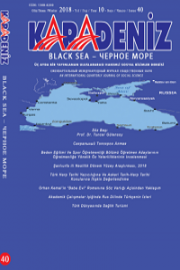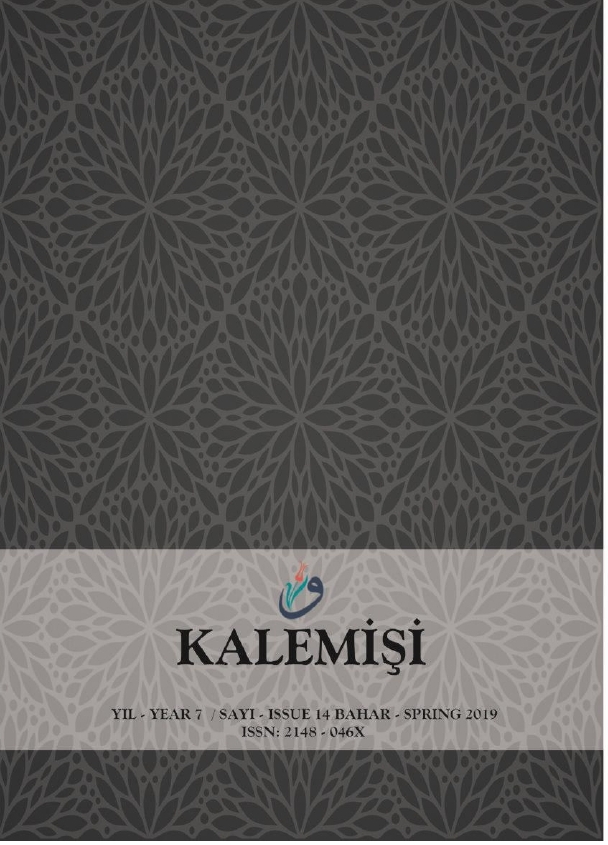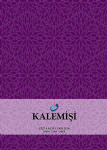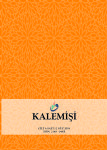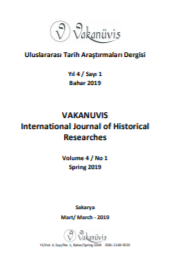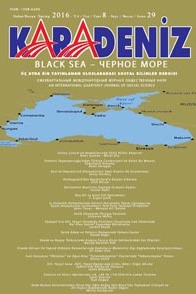
OSMANLI İMPARATORLUĞU’NDAN TÜRKİYE CUMHURİYETİ’NE KALAN BİR MESELE: KADINLARIN KONUMU
This study analyses the specific set of gender relationships that the modernization processes commenced under the Ottoman Empire, which passed on to the Turkish Republic, with particular attention to elements of citizenship and power sharing. The Women’s Movement dating from the beginning of the 19th century under the Ottoman Empire was an aspect of a national process of modernization. This period, often referred to as the “First Wave” of the struggle for women’s rights in Turkey, can be regarded as a manifestation of the need for reform in the structure of Ottoman society and state. The founders of the Republic aimed to follow through the reformist enterprise initiated in the Ottoman world, which was comprised of a quite clearly defined bundle of demands. However, despite the promises of the Republican vanguard, the process of turning women’s demands into authentically experienced rights was a much more difficult and much longer process than might have been expected. This article provides an evaluation of this process and re-focuses on the status of women and the inequality between women and men in Turkey.
More...
